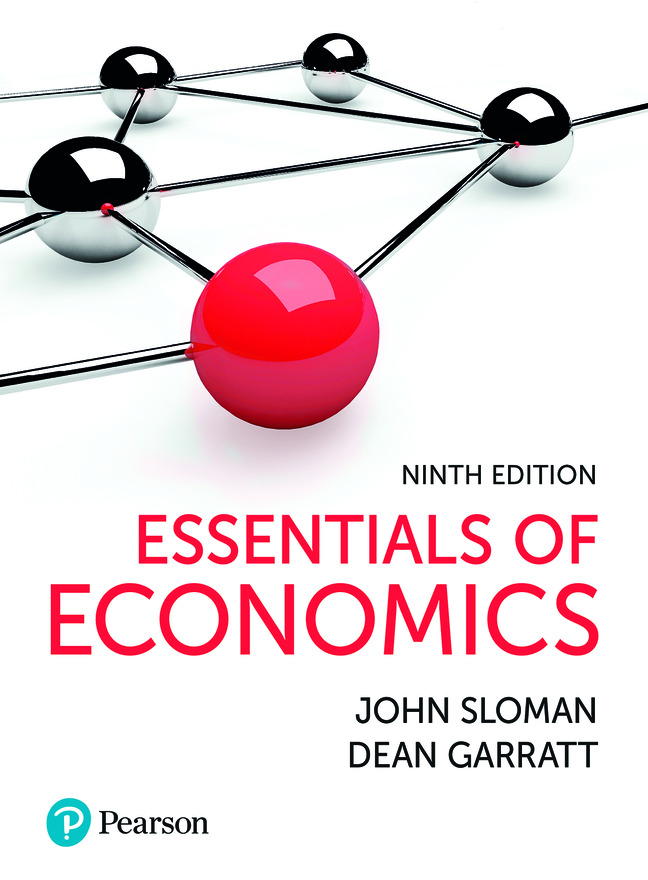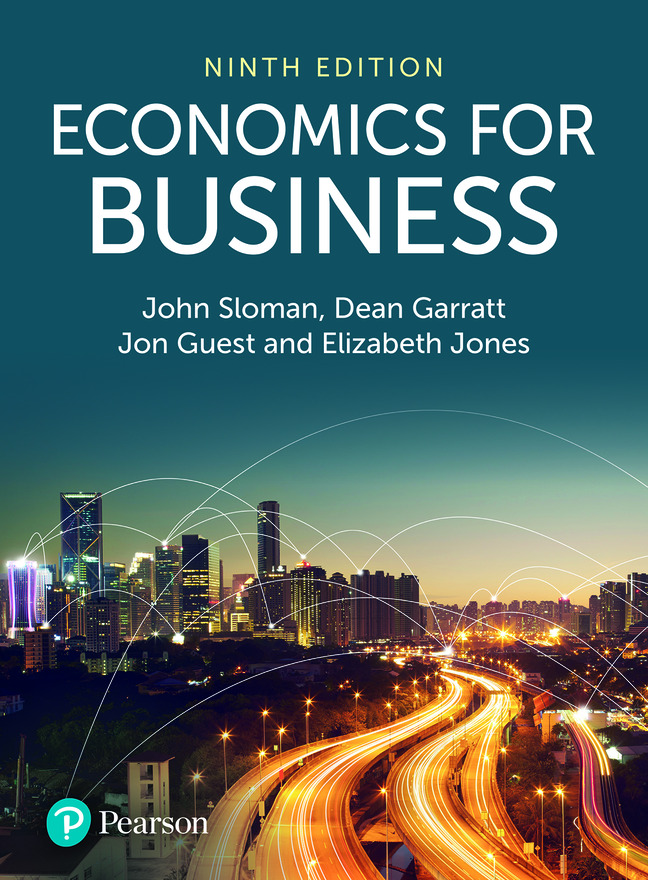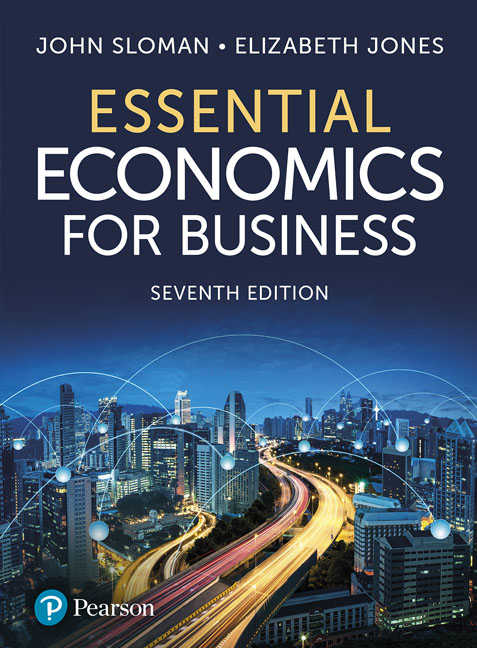The current financial crisis had led to Keynesian theory coming back into fashion. Governments all around the world have put in place a significant fiscal and monetary stimulus to try to mitigate the impact of the downturn. But is this really Keynesian policy at work? Keynes argued for permanent and tough controls on the financial sector to allow the government to pursue a policy of full employment. It would be difficult that current policies are therefore pure Keynesian policies, so is there an economic theory vacuum with market economics discredited, but Keynesian economics not really taking its place? The article below looks at how economic theory has changed in recent months and considers whether we need a ‘new’ Keynes.
Wanted: the Keynes for our times Guardian (22/12/08)
Questions
- Explain the difference between classical and Keynesian beliefs with respect to government intervention in the ecoomy.
- Analyse the extent to which the recent policy stimulus has been Keynesian in nature.
- Discuss the changes that have taken place in economic policy during 2008/9 in the context of economic theory.
EU leaders at a Brussels summit have agreed a plan to cut emissions. This will involve the 27 EU countries cutting greenhouse gas emissions by 20% by 2020 compared with 1990 levels. The aim is also to try to raise renewable energy sources to 20% of total energy use. The package has become known as the 20/20/20 package, but scientists have already argued that these measures may not be sufficient to prevent serious climate change.
Fiddling with words as the world melts The Economist (18/12/08)
Climate deal is far too little too late Guardian (15/12/08)
EU leaders claim historic agreement on cutting pollution Guardian (13/12/08)
Climate change: EU leaders reach compromise deal on emissions Guardian (12/12/08)
World needs ‘climate revolution’ BBC News Online (11/12/08)
EU climate package explained BBC News Online (5/12/08)
EU leaders reach new climate deal BBC News Online (12/12/08)
Questions
- Identify two external costs that result from climate change.
- Using diagrams as appropriate, illustrate the impact of the EU climate change deal on the market for electricity.
- Discuss the extent to which the EU climate change deal will lead to an increase in the supply of renewable energy sources. How quickly are these changes in supply likely to take effect?
- Examine two other policies that national governments could implement to reduce carbon emissions.
Since Labour has been in power the gap between rich and poor has remained more or less unchanged – a fact that might be surprising given a Labour government and fiscal policies that have become increasingly redistributive in nature. In fact income distribution in the UK has not changed since 1991 according to Office for National Statistics figures. Economists measure income distribution in various ways, but two of the key indicators are the Gini coefficient and the Lorenz curve. For more information on income distribution and some useful data, you may like to download an income data spreadsheet from the IFS (zip file). If you are interested in where you fit into the income scale, then you may also like to try the Institute for Fiscal Studies interactive income model. Why not try a range of different scenarios to see where different levels of income fit into the overall income scale.
UK income gap ‘same as in 1991’ BBC News Online (16/12/08)
Questions
- Define the terms (a) Gini coefficient and (b) Lorenz curve.
- Using diagrams as appropriate, show how the Lorenz curve will change when income distribution becomes (a) more equal and (b) less equal.
- Explain how the value of the Gini coefficient will change as income distribution gets more equal. With reference to the IFS spreadsheet (linked to above) descibe how the Gini coefficient has changed in recent years.
- Discuss reasons why income distibution in the UK has stayed the same since 1991 despite a series of redistributive measures adopted by the Labour government since 1997.
The Chancellor, Alistair Darling, announced in January that the government wanted three-year pay deals with public-sector workers. He argued that this would help with planning for public-sector finances. But many commentators likened it to the pay freezes and incomes policies of 30 years ago. The articles linked to below from the Guardian look at the similarities between the economic situation now and 30 years ago.
| Questions |
| 1. |
Assess the likely success of a three-year pay deal in keeping the level of public-sector pay under control. |
| 2. |
“The story of the past 32 years is of how three big factors – privatisation, globalisation and curbs on the power of trade unions – have made it far harder for pay bargainers to use low levels of unemployment to win hefty pay awards.”Explain how these factors have changed the balance of power in the labour market. Discuss the extent to which this assertion is true. |
| 3. |
Discuss the extent to which the economic situation in 2008 is similar to that in the 1970s. |
In successive months the Monetary Policy Committee of the Bank of England (MPC) has cut Bank Rate from 4.5% down to 2% – the lowest level since November 1951. The dramatic changes show that the Bank is concerned that inflation and economic activity will fall sharply. Indeed the Governor has recognised that there is a possible danger of deflation (defined, in this context, as negative inflation: i.e. a fall in the price index, whether CPI or RPI). To the extent that these cuts in Bank Rate are passed on in interest rate cuts by banks and building socities, they will reduce the cost of borrowing. It is hoped that this, in turn, will result in a boost to aggregate demand – particularly in the run-up to Christmas.
Below is a selection of articles relating to the interest rate cuts, with many commentators wondering if the cuts will be enough and whether interest rates have much lower to go. For some background on interest rates, you may like to look at the History of Britain’s interest rate published by the Times Online. Martin Rowson’s cartoon in the Guardian clearly summarises the view that this may not be enough to revive an ailing British economy!
Bank enters uncharted territory BBC News Online (4/12/08)
Q&A: The Bank Rate cut and you BBC News Online (12/12/08)
Where will interest rates go now? BBC News Online (4/12/08)
Bank of England still has ammunition for the new year Guardian (4/12/08) Video
Farwell, convention Guardian (5/12/08)
No doubt that we’ve got further to go in this rate cutting Guardian (5/12/08) Podcast
Bank cuts rate by 1% to historic low Times Online (4/12/08)
Analysis: Shock and awe of rate cut Times Online (4/12/08)
Rates cut again as recession deepens Times Online (5/12/08)
Unconventional steps may slow the slide into global recession Times Online (7/12/08)
Bank cuts UK rates to 57-year low Times Online (4/12/08)
Questions



